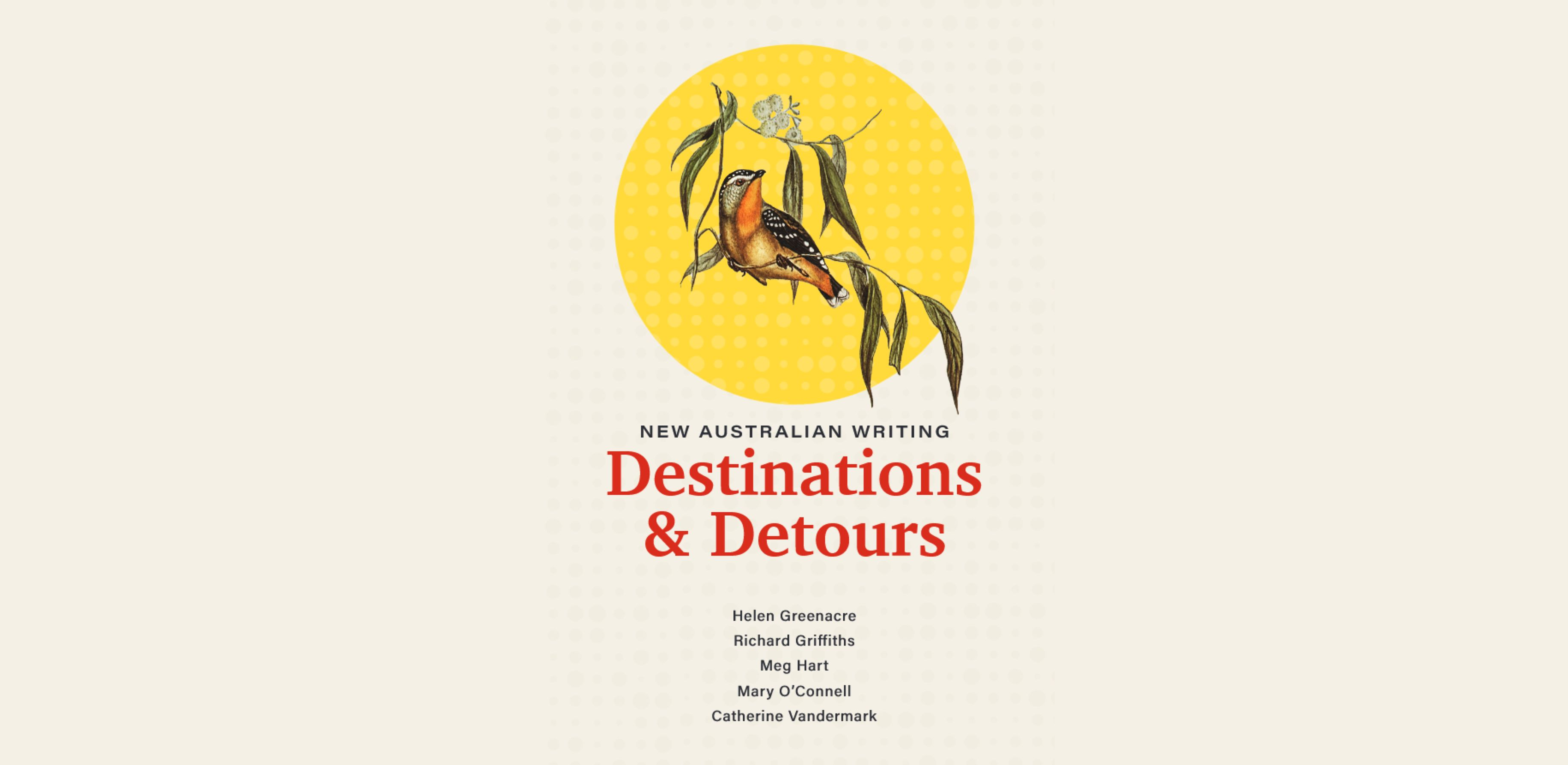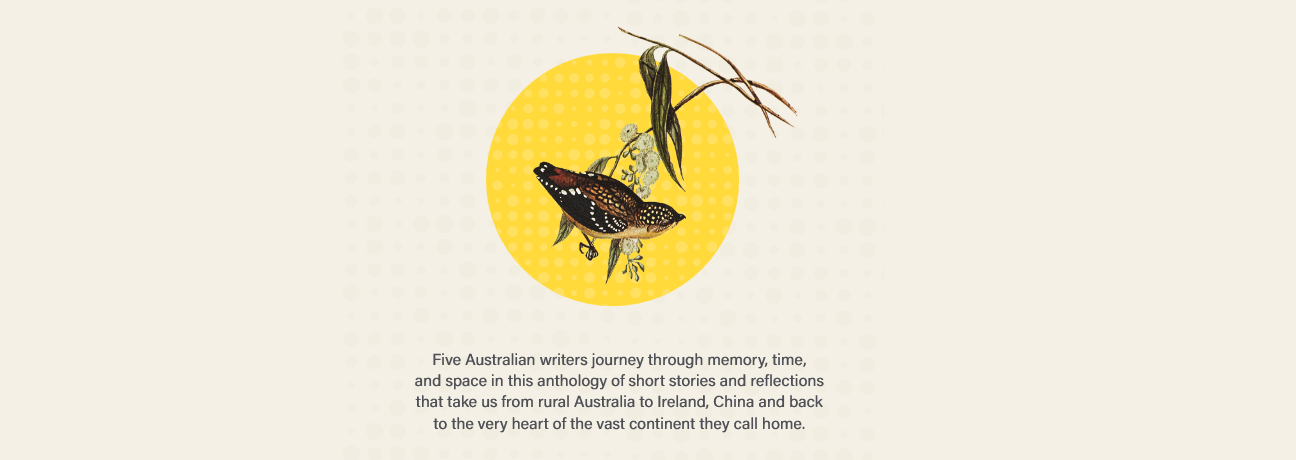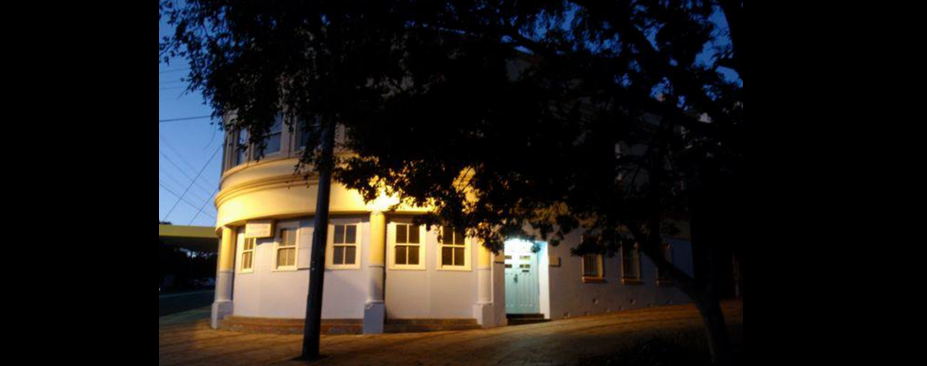article
Sinister Zettelkasten?
The 2025 Sydney Film Festival program features Jodie Foster’s new film, “Vie privée,” accompanied by a marketing image that evokes mystery with index card boxes in the background.
I found a way to create order from my jumbled ideas
A discussion of the SOLO taxonomy model of learning, which emphasizes the progression from disorganized ideas to structured knowledge through atomic notes and meaningful connections.
From tiny drops of writing, great rivers will flow
A river is made of water droplets. Breaking large writing projects into smaller parts makes the task more manageable and less daunting. Who knew?
Education will defeat autocracy
The decline of academic departments may lead to innovative educational alternatives and community knowledge-sharing despite institutional constraints. Well, why not be hopeful?
Have you ever read a book by mistake?
Confession time: a mistaken identity led to the discovery of Cynthia Ozick’s novel The Messiah of Stockholm, which I enjoyed despite initially confusing it with a work by Ruth Ozeki.
The future of the humanities is wide open
The humanities within universities are facing decline and financial prioritization, yet interest in liberal arts thrives outside academic institutions.
To understand the future of AI, look to the past
The hype about AI isn’t new. In his day, Victor Hugo was breathless about the book.
Why not publish all your notes online?
Contemplating whether to publish personal notes online reveals both the potential benefits of motivation and community engagement and the drawbacks of self-doubt and privacy concerns.
Time to concede nothing
A reflection on the enduring legacy of thinkers like Erasmus and Castellio, emphasizing the importance of perseverance in upholding values of civility and humanism amid modern strife and polarization.
Legendary computer game Myst started life as an interconnected network of cards in the equally legendary app HyperCard. To be precise, 1,355 cards in 6 HyperCard stacks.
Now, through graph analysis the last secrets of that network are finally being ‘deMystified’.
Five solutions to link rot in my personal note collection
Link rot on the Web poses significant challenges, which have prompted me to consider various strategies for preserving information, including summarizing sources, using archives, creating personal archives, accepting impermanence, and sharing knowledge.
Tame the chaos with just four folders for all your notes
Bob Doto’s A System for Writing recommends a structured Zettelkasten (note box) using four folders: In-box, Sleeping, References, and Main. With just these four you can manage your notes effectively and enhance the writing process.
Lord Acton took too many notes, but that doesn't mean you have to
Excessive note-taking can hinder productivity and completion of work, as illustrated by Lord Acton’s struggle to publish significant historical writings despite his vast knowledge. Oh, those Victorians.
The Dance of Joyful Knowledge: Inside Georges Didi-Huberman's Monumental Note Archive
Georges Didi-Huberman’s extensive collection of over 148,000 notes exemplifies the enduring relevance and creativity of the Zettelkasten method in art and philosophy.
Roland Barthes on the purpose of making notes
Note-taking should mainly serve as a means to enable writing rather than being an exhaustive record of knowledge. At least, that’s my approach.
My writing process oscillates between notes and drafts
Writing is a messy, iterative process involving rough ideas, multiple drafts, and the challenge of balancing note-taking with drafting to ultimately create coherent work.
What comes after content?
The decline of Hollywood has been attributed to the rise of AI-generated ‘content’, leading to a potential cultural shift towards more authentic human creativity. This article explores what comes next and points out the radically new may not be quite as new as it appears.
The Lost Medieval Library Found in a Romanian Church medievalists.net
Old news, but new to me. I’d love to find a lost medieval library in a tower somewhere, but I might be on the wrong continent for that kind of discovery.
HT: @glynmoody@mastodon.social
Image: Ropemaker’s Tower, Mediaș, Romania (Source. CCby SA4.0)

My notes were full but my heart was empty. Doug Toft travels beyond progressive summarization
Doug Toft discusses his struggle with summarizing reading notes and suggests that writing about what you read, as opposed to simply taking notes, can enhance understanding and retention.
Publishing slowly
I’m writing so slowly that you might be wondering if I’m ever going to get anything published.
Well wonder no more. I’m happy to say extracts of my memoir, ‘The Green Island Notebook’ are published in the anthology Destinations & Detours: New Australian Writing.
Published by Detour Editions, the collection launches here in Sydney on Sunday 2nd March 2025, and if you happen to be in the vicinity, I’d be delighted to meet you in person.
Book Launch 2pm, Sunday 2nd March, at Randwick Literary Institute, 60 Clovelly Road, Randwick NSW

Watch out too for news of how you can get your hands on a copy, wherever in the world you find yourself.
And this isn’t the only news on the publishing front. I’ll be sharing details of some further publishing adventures very soon.
But don’t worry, whatever happens, I’ll still be writing slowly.
Update: Oh look, I wrote another book: Shu Ha Ri: The Japanese Way of Learning, for Artists and Fighters.

Randwick Literary Institute, the venue for our book launch, celebrates its 100th anniversary in 2025. Here it is in 1957, and it hasn’t changed much since then:


Subscribe to the Writing Slowly weekly digest (unsubscribe any time):